Nazanin Malekan
Music — noun — “an art of sound in time that expresses ideas and emotions in significant forms through the elements of rhythm, melody, harmony, and color” (Collier’s). Unless, that is, you’re a repressed citizen of a state run by a corrupt government that bans women from singing in public, and banned rock ’n’ roll. Then it’s a freedom song for the voiceless in hopes of a better tomorrow.
The song “Baraye,” which translates to “For” or “Because of,” was written and performed by Iranian songwriter Shervin Hajipour at the beginning of the uprising that has been roiling Iran since mid-September. He composed it and strung together tweets from the public to write what became an anthem of the Iranian people.
The song went viral and he was arrested by the Islamic Republic, accused of “propaganda against the system” and “inciting people to violent acts.” Imagine a country where you are thrown in jail for singing about hopes and dreams. Shervin speaks to Iranians both within the country and in the diaspora. A melody of universal aspirations of freedom that enters the heart with facility and which cannot easily be eradicated from memory. (Hajipour was released on bail and barred from leaving the country.)
Iran is 6,116 miles away from New York. But I found myself singing Shervin’s song with a group of dreamers in Times Square recently, below a billboard of Mahsa Amini’s portrait bearing the slogan “Woman, Life, Freedom.” We sang, desperately optimistic for change and basic human rights for our brethren. Since Mahsa’s murder at the hands of the corrupt “morality police,” thousands have sung this song in cities all over the world in solidarity with Iranians, and nearly 100,000 people nominated it for a Grammy.
I watch my homeland unravel from the privileged comforts of home in NYC. A city with flaws, but regardless of the challenges that face America, I live in a society with law and order. Where people — broadly speaking — have individual rights. Where your identity, your need to say something, sing something, or dress a certain way does not automatically result in punishment or death. Helpless, I walk the burnished autumn streets of my city, Shervin’s song playing in my head over and over again:
Baraye…
For the longing for an ordinary life
For our sisters, mine and yours;
For a change in the minds of the fanatics;
For the non-stop tears.
The lyrics undulate between the dreams humanity is fighting for, and the injustice they are protesting because of.
Music nourishes my existence. Perhaps because my mother sang to her belly when she was pregnant. Or because my father gently woke us up with music on Friday mornings. Music has always accompanied me in life, with each and every notable experience of mine having given rise to its own soundtrack. The music of these soundtracks is Persian, American, and much else. It features the Spanish guitar, Yoyo Ma’s cello, the hollow whimper of a melancholy flute, and the haunting echoes of my father’s santoor.
The musical master Shajarian — reflective, spiritual, poetic and proud; classical Persian music’s finest.
R.E.M., Out of Time: The first CD I owned in English — this was before I could even speak English. Naturally, I didn’t understand much, but somehow “losing my religion” spoke to my aching 11-year-old soul. Rachmaninoff’s Piano Concerto 2, playing as I type.
Vintage 70s Persian Pop: Ebi. The soulful voices of Hayedeh, Dalkash, Marzieh. Bordi az yaadam — you left me from your memories, but I will never forget.
Everything Leonard Cohen. Moein, when he sang Let’s return to Isfahan. Homecoming.
Pink Floyd calling out to bystanders:- would you exchange a walk-on part in a war for a lead role in a cage?
Googoosh: از اندوه تو و چشم تو پیداست که از ایل و تبار عاشقایی — I can tell from the longing in your eyes, you are from the tribe of Love. I am trapped in a brick wall at the mercy of the wind.
Chili Peppers: Asking myself: When will I know that I really can’t go to the well once more time to decide on?
Joni Mitchell: As an immigrant, I have definitely looked at love from both sides now.
I’m a stranger from the city of familiarity. In search of my name. Naamjo: She asked, “What breed of bird are you to sing such a melody?” A harmonic one from the garden of the voiceless, I replied.
Ey sareban, where are you taking my beloved? Go slowly, you carry my life away ای ساربان آهسته رو کآرام جانم میرود.
Dariush: Understand the wound of my flightlessness from the sorrow of my wings.
Oh, my vintage homeland: Kohan Diara. Sarzameen-eh man: I tore away from you, and I am lost.
کهن دیارا
دیار یارا
دل از تو کندم ولی ندانم
که گر گریزم کجا گریزم
وگر بمانم کجا بمانم
Heif. Too bad. At least for Madonna it’s like a dream. There’s no end and no beginning but she’s dancing and it feels like home. But where is home? Beh Esfahan ro: go to Esfahan, where I set fire to the rain.
A soundtrack of a life. Presumably nuanced sentimentality: different lenses to understand the diverse hues of my experiences. I’m insecure about my command of Farsi, but I understand our culture through song. Hafez says, “I wish I could speak like Music.” Given that I was nine years old when I left Iran, I borrow the chosen words of others for self-expression — thereby providing myself with the confidence I need as I connect to roots I long to nurture. Iranians of the diaspora carry a museum of memories and nostalgia, their longing captured through poetry — reflecting the rich complexity of our language. Identity preserved despite conquerors and tragedy.
But even with this mosaic of music as backdrop, I can’t see why Shervin’s song speaks to me so. I stroll through Central Park, contemplating and code-switching between the Farsi lyrics and their English translation, connecting the dots.
Iran sits on thousands of years of history and boasts one of the most influential cultures in the world, with millennia of meaningful impact on art, architecture, poetry, science, mathematics and music. Persians gave the world the Cyrus Cylinder, the first Human Rights Declaration, a depiction of charity towards “the other.” Persian kings Cyrus and later Dariush — devout Zoroastrians — did not impose their belief systems on those of other faiths. They allowed for diversity in language, customs and religions. This irony is not lost on modern Iranians suffocating under the regime’s oppressive use of weaponized religion. Iranians know it can be better.
Throughout history, Iranians never lost the soul of who they are, despite multiple invasions, from Alexander the Great to the Arab conquest of Persia. Our language has been the tool which helped achieve that: using complexly layered vernacular, saying one thing but meaning another. Today, language helps Iranians maneuver impossibly restrictive rules. Much that brings joy is illegal: music, dancing, drinking wine, singing, falling in love — virtues that are universally valued in life, but in Iran legally punishable by death.
Iranians find a way to freely express a desire for these forbidden fruits through poetry. On the surface, a declaration of love to God, “the beloved,” but within the labyrinth of meaning, a love letter to a woman, or to wine! The language helps us be elusive and ambiguous when needed — which is often, what with Iran’s myriad laws stifling expression. Veiled on the surface, but an untold world of delight beneath. These are the children of the land of love, and love always wins. You may decree music illegal, but you cannot outlaw dreams and you definitely cannot prohibit hope. From Attar to Hafez, Rumi and Forugh Farrokhzad, there are dozens of great Persian poets to choose from.
Reflecting on this, I have my answer to why Shervin’s song perplexes me. There is no ambiguity to ponder. No elucidation to contemplate. No cryptic message to unravel. It is direct, allowing zero room for interpretation. The lyrics are simple: a desire for freedom, because of injustice. I crash into it because its bravery blinds me. For centuries, no one dared say anything so clearly. But “Baraye” doesn’t hide behind a mask of vagueness and double entendres. It states, ever so simply, a truth. That’s why, in spite of the regime’s efforts to intimidate the artist, it could not mute his message. Rather, it is being blasted in cities and homes and protests all over the world. The genie is out of the bottle. The truth always wins, too.
Iran and her people are evolving. Change, led by women, supported by men and carried along by a protest anthem calling for justice. Music is one of Iran’s most illustrious art forms. Even when forbidden, it arises organically, delivering her people’s message. Iranian identity is rooted in artistic expression: from Ferdowsi’s Shahnameh to this moment with Shervin’s song. Iranians are fixated on tradition, obsessed with preserving it. But they are also pragmatic survivors. Defiant dreamers. For too long, much of what we loved was taken from us. The freedom to love, robbed of us. But we will no longer speak of this pain in cryptic prose, no longer pretend we are immune to it. A new song for a new Iran, for Another Tomorrow, echoing millennia of light that cannot be dimmed. We will never stop striving for the dream.
For woman, For life, For freedom
To listen to “Baraye,” support Shervin, and to hear the soundtrack inspired by this essay with reflections on yesterdays, today, and better tomorrows, check out this Spotify Playlist.



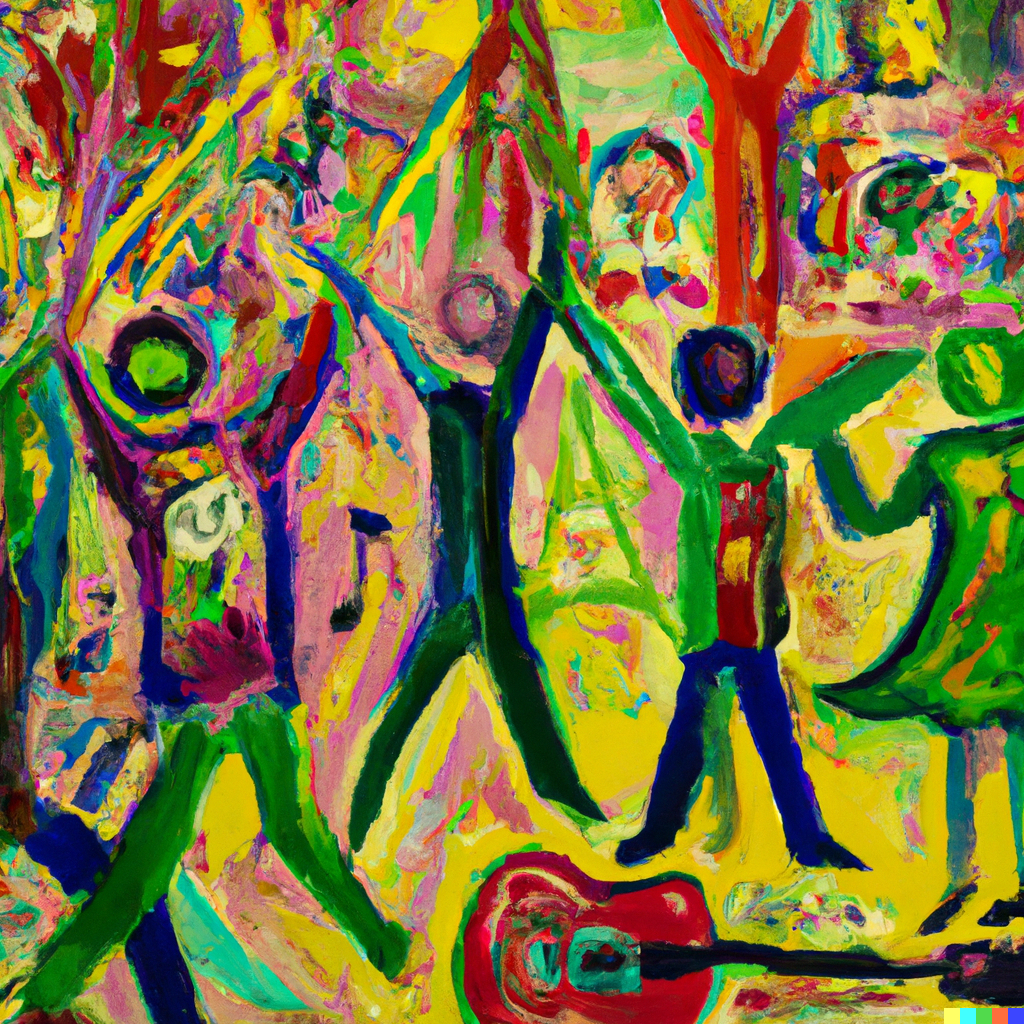
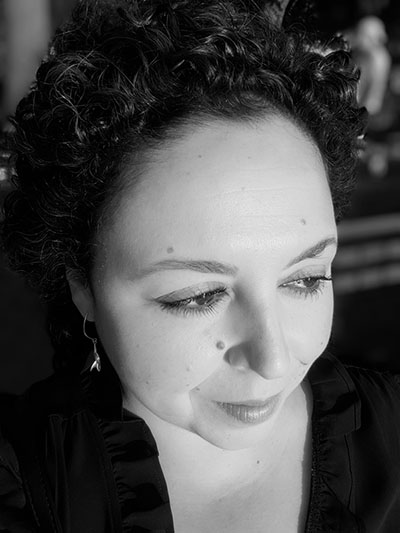
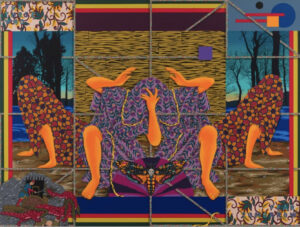
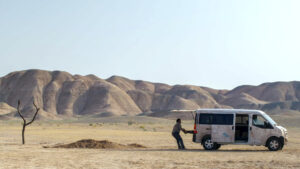
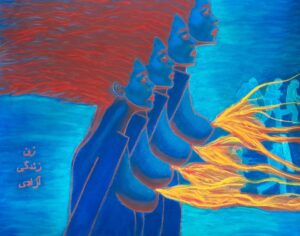

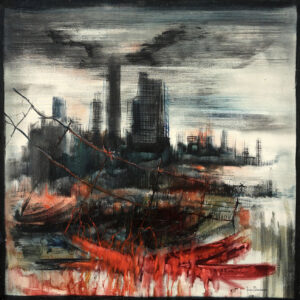


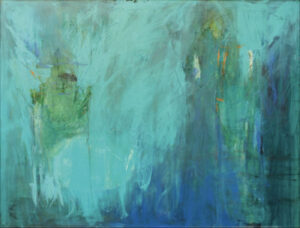
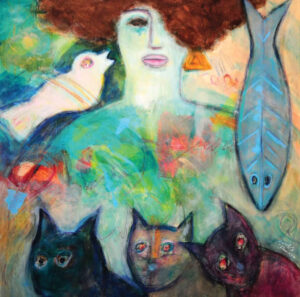

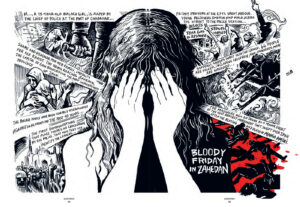

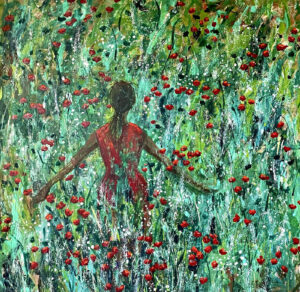
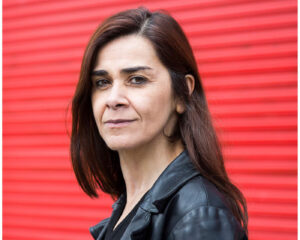

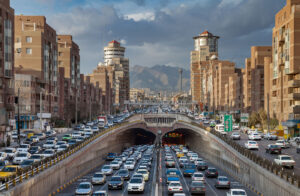


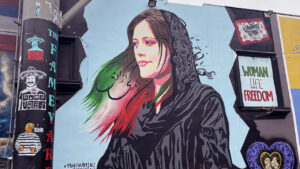


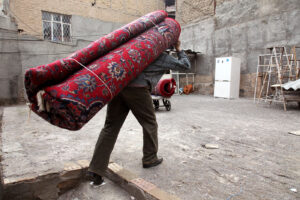
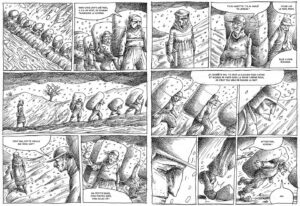

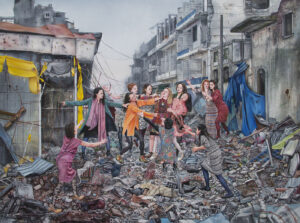
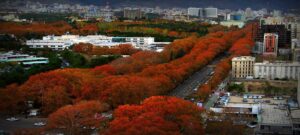



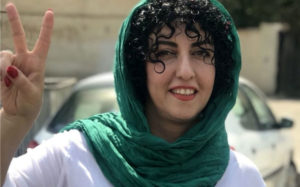



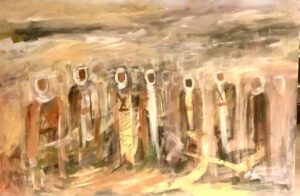
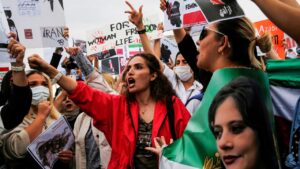

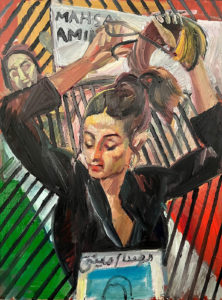
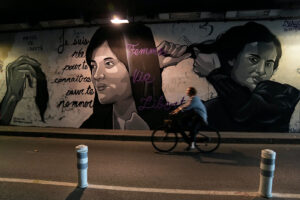

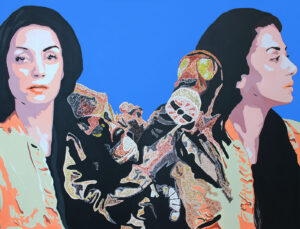


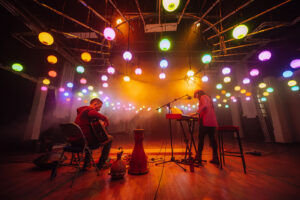
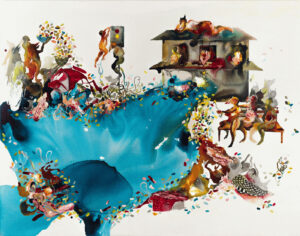
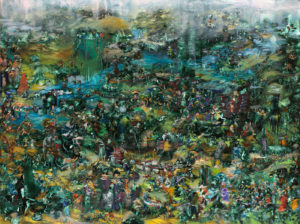
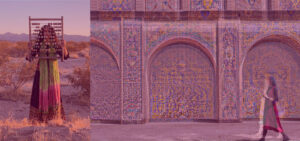
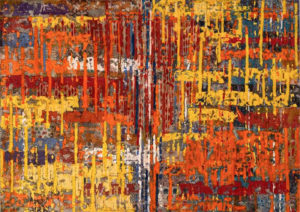
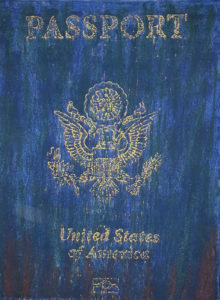

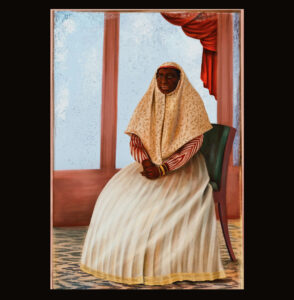
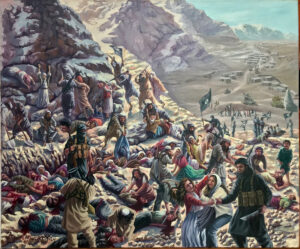
I am not Iranian but have been following the events in Iran as they have broader meaning globally with people fighting for the very same things that are under fire the world over.
Thank you for this beautiful article, I had no exposure to this, the songs, the music, the powerful emotions that are conveyed through them, and it was a wonderful, timely read that can resonate with anyone from any culture, anywhere.
نازنین جان بتو افتخار میکنیم لذت بردم به امید ایرانی آزاد وسلامتی شادی و آرامش همه هموطنان عزیز
What a fantastic article! Extremely well written and perfectly explains the situation with wonderful examples from legendary singers! A MUST READ!!!
Thanks for opening up about how music has shaped your life and continues to be the light for so many when under oppression. Honest and well written. “Love always wins. Truth always wins.”